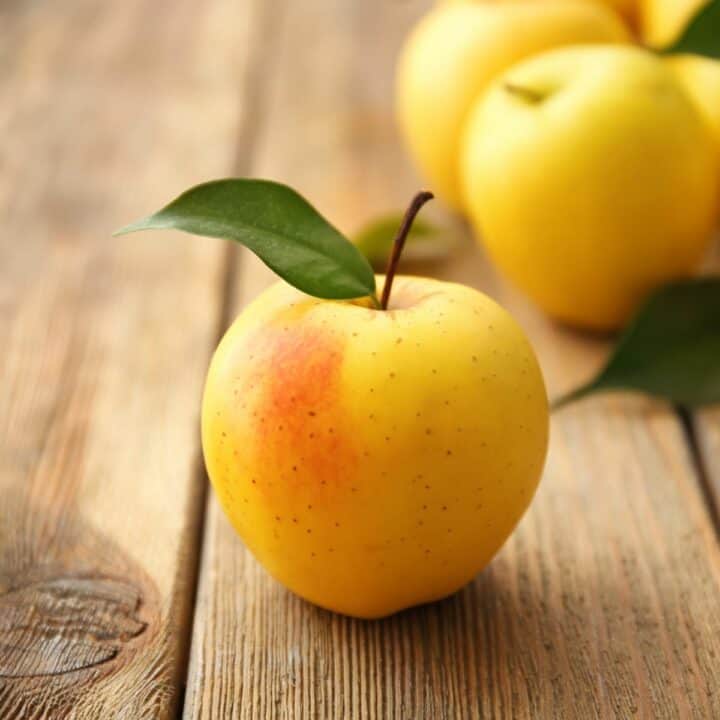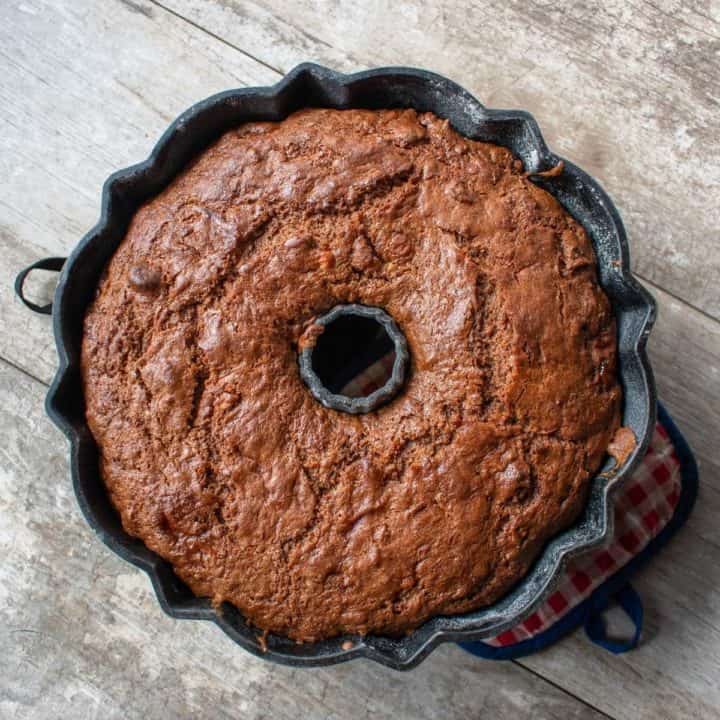If you need to use a whole milk substitute, there are many options are available depending on the recipe you’re making. The choices differ if you’re making a batter, dough, or just pouring it over your breakfast cereal.

What is whole milk?
Let’s start by talking about what whole milk is and why some recipes call for it.
Whole milk must contain at least 3.25% milkfat to be called whole milk. Low-fat milks are generally named according to their fat percentage (2% or 1%).
Some recipes require more fat for the final product to turn out the way it’s meant to. For instance, my Pig Pickin' Cake really needs whole milk in the cake batter for the right consistency. In other situations, it’s possible to substitute lower fat options depending on what you’re making.
The best practice is to look at the recipe and decide if it needs more fat or can work with less fat.
You also want to think about the addition of liquid. Powdered milk may be necessary if you don’t want to add more liquid to the recipe.
Why you might need other options
There are many reasons why you might want to substitute another ingredient for whole milk.
Some of these include if you want to make a dairy-free dish, if you ran out of whole milk or can’t run to the store to buy some, or if you want to experiment with other ingredients.
Best whole milk substitutes
This depends on what type of recipe you need it for.
For baking, use evaporated milk, sweetened condensed milk, or powdered milk.
Try the following options for batters like cake, cupcakes, muffins, or pancakes.
Dairy-based whole milk substitutes:
2% milk: This milk has slightly less fat and is a great substitute for whole milk.
Half and half: Half and half has about 12 - 15% fat and can be used in combination with a lower fat option to get closer to whole milk.
Heavy cream: Heavy cream has 35 - 45% fat and can also be combined with another low-fat option.
Whole fat plain Greek yogurt: Full-fat yogurt contains about 4 - 5% fat and can easily be swapped for whole milk. In fact, I've got a whole post about substitutes for Greek yogurt.
Sour cream: Sour cream contains around 20% fat and is slightly thicker than milk.
Buttermilk: Buttermilk has 0.5 - 1.5% fat and is made with an acid that can be great for baking.
Non-Dairy Based
Coconut milk: While coconut milk has no dairy, it does contain 3.6g of fat per serving.
Oat milk: Oat milk contains 5g of fat per serving.
Almond milk: Almond milk has 3g of fat per serving.
Soy milk: Soy milk has 4.3g of fat per serving.
Combinations
You can also use combinations of these to get a higher milkfat percentage for your recipe.
Some options that will work well together are sour cream and skim milk, coconut milk, and heavy cream, or yogurt and soy milk.
You can really play with these to find your favorite combos.
FAQs
You can use low-fat milk instead of whole milk, but be sure that the recipe doesn’t need to add additional fat to turn out well.
The closest option to whole milk is whole-fat yogurt at about 4% milkfat.
Some recipes benefit from using powdered milk if there’s already enough liquid. You want to be careful not to make the batter too liquidy.





Comments
No Comments